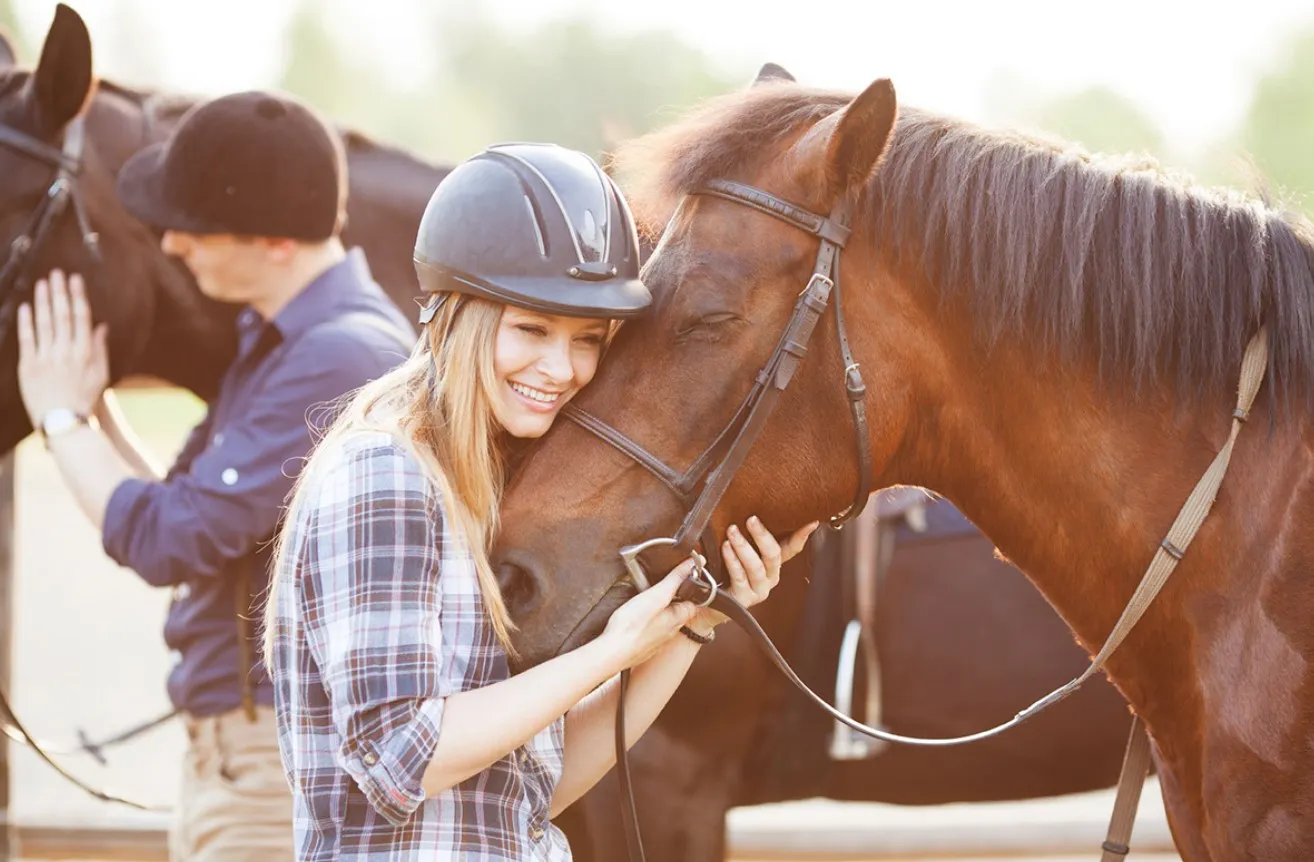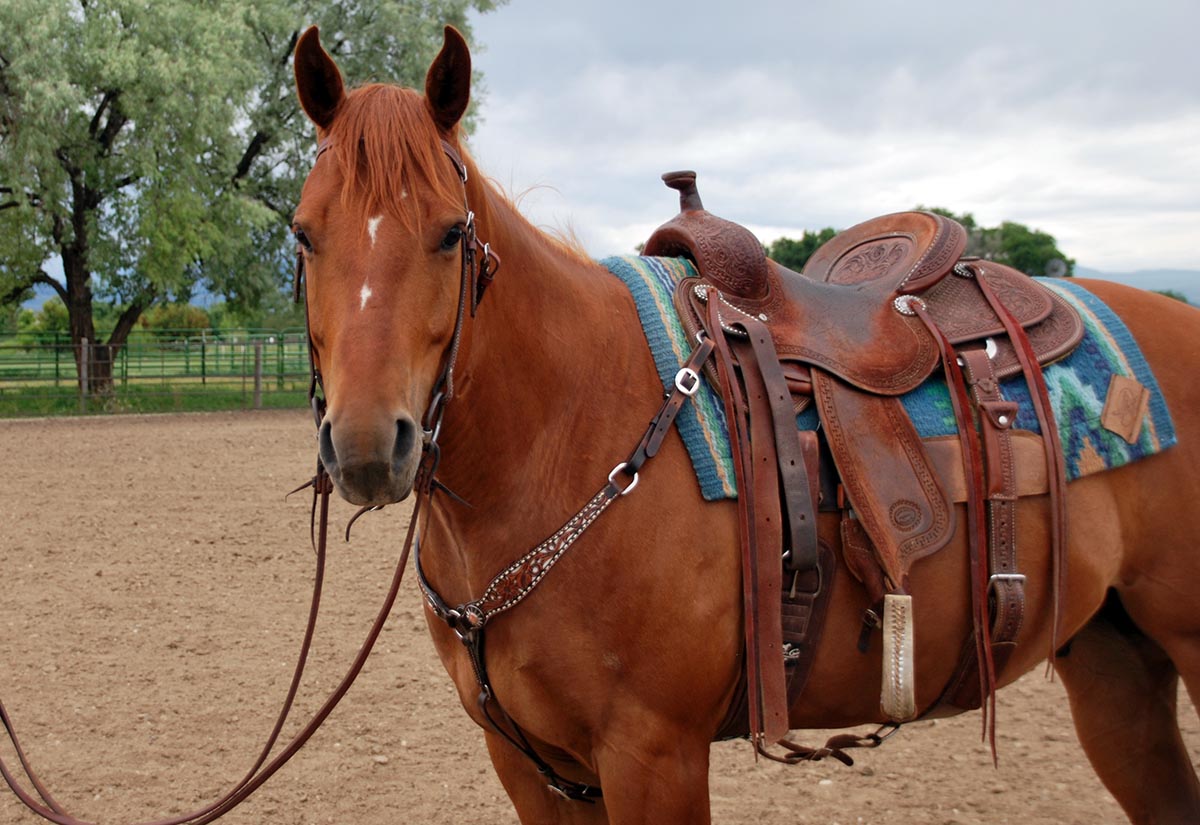When it comes to horse tack training, understanding the basics is crucial for both beginners and seasoned equestrians. Properly training a horse with the right tack can make a significant difference in the horse’s performance and comfort. In this comprehensive guide, we’ll explore the essentials of horse tack training, ensuring that you have a solid foundation to build upon.

Understanding Horse Tack
Before diving into horse tack training, it is important to understand what horse tack is. Horse tack refers to the equipment used to manage and ride horses. This includes saddles, bridles, reins, bits, and more. Each piece plays a vital role in communication and control during horse training sessions.
The Importance of Proper Fit
A key aspect of horse tack training is ensuring that the tack fits properly. Ill-fitting tack can lead to discomfort and even injury for the horse. Always measure your horse accurately and choose tack that offers an adjustable fit. It’s also beneficial to consult with a professional if you’re unsure about sizing.
Types of Horse Tack
There are various types of tack available, each serving a different purpose. Common types include English and Western tack. English tack is typically used for dressage and jumping, while Western tack is used in rodeo and trail riding. Understanding the differences will help you choose the right tack for your horse training needs.
Steps in Horse Tack Training
Step 1: Acclimate Your Horse
The first step in horse tack training is acclimating your horse to the new equipment. Let your horse sniff and inspect each piece before putting it on. This can reduce anxiety and make the transition smoother.
Step 2: Introduce the Bridle
Start with the bridle, as it is one of the easiest pieces to introduce. Gently place the bit into your horse’s mouth and secure the bridle over its head. Give your horse time to adjust to the feel of the bit.
Step 3: Adjust the Saddle
Once your horse is comfortable with the bridle, introduce the saddle. Place it gently on your horse’s back, ensuring it’s centered. Adjust the girth to secure the saddle, but be careful not to overtighten, causing discomfort.
Step 4: Begin Groundwork
With the tack in place, start with groundwork exercises. This could include lunging or leading exercises to help your horse get used to moving with the tack on. Groundwork is an essential part of horse training and builds trust between you and your horse.
Common Challenges in Horse Tack Training
Challenge 1: Tack Refusal
Some horses may be reluctant to accept new tack. Patience and consistency are key. Gradually introduce each piece, rewarding your horse with treats and praise for cooperation.
Challenge 2: Tack Adjustment Issues
If your horse seems uncomfortable, check the tack for any misadjustments. Improperly adjusted tack can cause chafing and soreness. Regularly inspect and adjust your tack to ensure a proper fit.
Maintaining Your Horse Tack
Proper maintenance of your horse tack is crucial for longevity and performance. After each use, clean your tack with a damp cloth and store it in a dry place. Regularly check for signs of wear and tear, replacing any damaged parts promptly.
Cleaning Tips
For leather tack, use a leather cleaner and conditioner to keep it supple and prevent cracking. For synthetic materials, mild soap and water usually suffice. Always follow the manufacturer’s care instructions.
Safety Considerations
Safety should always be a priority in horse tack training. Double-check all buckles and straps for security before riding. Ensure that you and your horse are both comfortable and confident with the equipment.
Using Safety Gear
Consider additional safety gear, such as helmets and protective vests, especially for beginners. Safety gear can prevent serious injuries in the event of a fall or mishap.

FAQs on Horse Tack Training
What is the best way to introduce new tack to a horse?
The best way is to introduce the tack gradually and allow your horse to become familiar with each piece. Patience and positive reinforcement are key.
How often should I check the fit of my horse’s tack?
Regularly inspect your tack for fit and wear, ideally before each riding session. Horses can change shape over time, affecting how tack fits.
Can I train my horse without professional help?
While it’s possible to train your horse independently, consulting with a professional can provide valuable guidance and ensure that you and your horse have a safe and effective training experience.
For more horse training advice, visit horse training sessions or check out training tips for beginners.
This article contains affiliate links. We may earn a commission at no extra cost to you.






